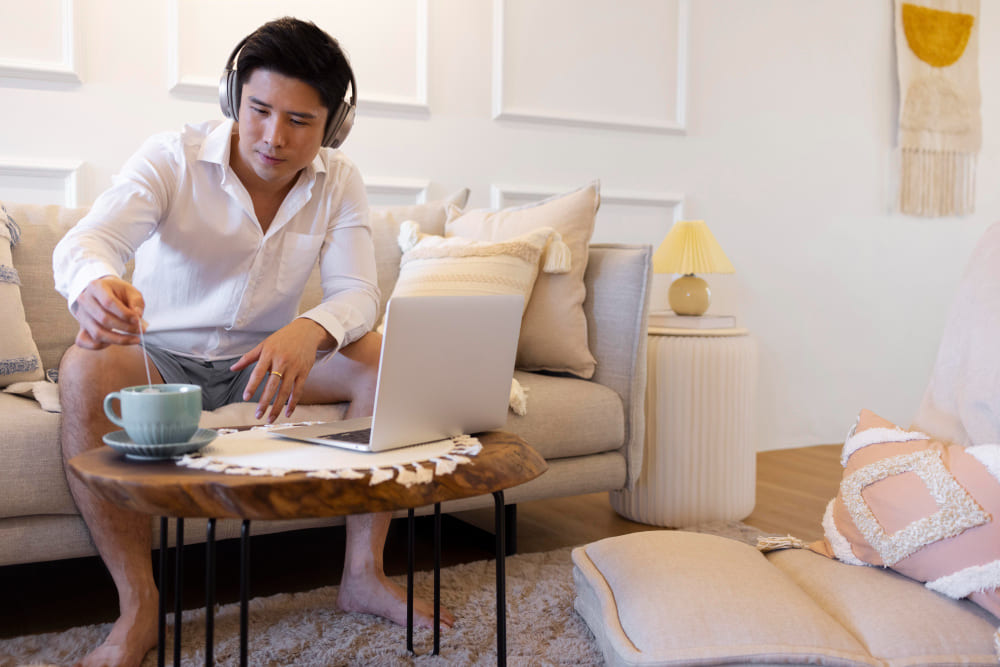Understanding what to check before buying a used car is crucial for making a smart investment and avoiding costly mistakes. Buying a pre-owned vehicle can save money, but it also carries risks if the right inspections are overlooked.
From mechanical performance to legal documents, knowing the key factors ensures the car you purchase is reliable and safe.

1. Inspect the Exterior and Body Condition
One of the first things to consider in what to check before buying a used car is the vehicle’s exterior. Examine the bodywork for scratches, dents, or signs of rust. Uneven paint or mismatched panels may indicate previous accidents.
Check the frame carefully for any bending or warping, as structural damage can compromise safety. Inspecting the lights, windows, and mirrors is equally important, ensuring they are intact and fully functional.
2. Evaluate the Engine and Mechanical Components
A major factor in what to check before buying a used car is the condition of the engine and related mechanical systems. Start by observing any unusual sounds when the engine runs, and look for visible leaks under the hood.
Check the oil level and its condition, dark or contaminated oil can indicate poor maintenance. Inspect belts, hoses, and fluid levels, as these components can reveal how well the vehicle was cared for. A smooth-running engine is a positive indicator of the car’s overall reliability.
3. Review the Tires and Suspension
When determining what to check before buying a used car, the tires and suspension should not be ignored. Examine the tread depth to ensure even wear, which reflects proper alignment and balanced suspension.
Excessive wear on one side may indicate steering or suspension issues. Additionally, take note of any unusual noises while driving or uneven handling, as these can signal underlying mechanical problems.
4. Test the Electronics and Features
In modern vehicles, electronics are integral, making them a critical part of what to check before buying a used car. Test the air conditioning, heating system, infotainment, lights, and other electronic features.
Ensure the dashboard indicators function correctly and that warning lights do not remain on during operation. These systems can be costly to repair, so confirming their condition is essential.
5. Verify the Vehicle History and Legal Documentation
A reliable approach to what to check before buying a used car includes thorough verification of the car’s history and legal status. Request records of past ownership, maintenance, and any accident reports.
Confirm the Vehicle Identification Number (VIN) matches the title and registration. Checking for outstanding recalls or liens protects you from future complications and ensures the car’s legal and safety compliance.
6. Assess the Interior Condition
When evaluating what to check before buying a used car, the interior provides important clues about how the vehicle was maintained. Look for signs of excessive wear on seats, carpets, and the dashboard.
Unpleasant odors or stains could indicate water damage or neglected upkeep. A clean, well-maintained interior generally reflects responsible ownership, while a poorly kept cabin might suggest hidden problems elsewhere.
7. Conduct a Test Drive
A test drive is one of the final steps in understanding what to check before buying a used car. Pay attention to acceleration, braking, steering, and overall ride comfort. Listen for unusual sounds from the engine, brakes, or suspension.
Take note of any vibrations or pulling to one side, which could indicate mechanical or alignment issues. A thorough test drive ensures the vehicle meets your expectations in real-world conditions.
Conclusion
Knowing what to check before buying a used car helps buyers make informed decisions and avoid future headaches.
By carefully examining the exterior, engine, tires, electronics, legal documentation, and interior, as well as conducting a thorough test drive, you can ensure a safe and worthwhile purchase.
Taking these steps demonstrates diligence and allows you to enjoy your pre-owned vehicle with confidence.
Read Also: How to Address an Envelope Correctly for Formal and Personal Mail





